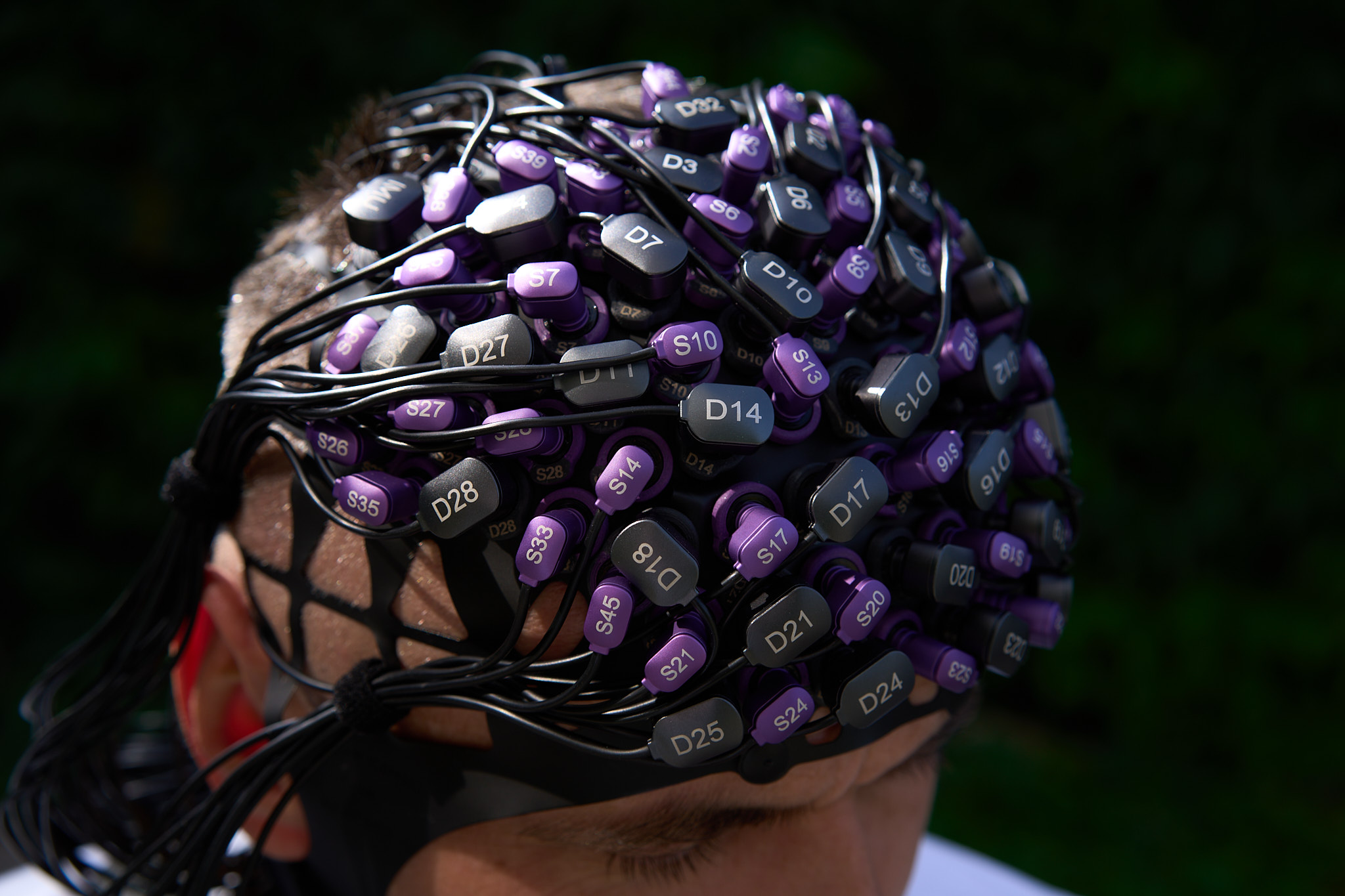
What is Region-Specific Monitoring?
Monitoring specific brain regions means focusing on localized cortical activity linked to particular functions. For example, studying the motor cortex during movement, Broca’s area during speech, or the prefrontal cortex during decision-making tasks. This approach provides insights into how specialized brain networks operate and adapt.
How DOT fNIRS Enhances Regional Monitoring
With tomographic reconstructions and high-density optode arrays, DOT offers improved depth sensitivity and spatial accuracy compared to conventional fNIRS. This enables researchers to focus on precise brain regions, track activation patterns, and differentiate neighboring cortical areas even in dynamic, real-world conditions.
Advantages of DOT fNIRS in Regional Monitoring
-
Spatial Precision: Accurately localizes activity in targeted cortical regions.
-
Depth Sensitivity: Captures signals beyond superficial cortex layers.
-
Task Flexibility: Suitable for both basic and complex cognitive/motor tasks.
-
Portability: Enables monitoring in natural settings, not only in labs.
-
Integration: Can be combined with EEG or behavioral measures for richer data.
Practical Applications
DOT fNIRS allows focused studies on motor rehabilitation, language production, or attention control. It supports experimental paradigms that require isolating specific cortical contributions, bridging the gap between controlled experiments and ecologically valid conditions.